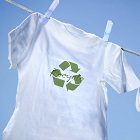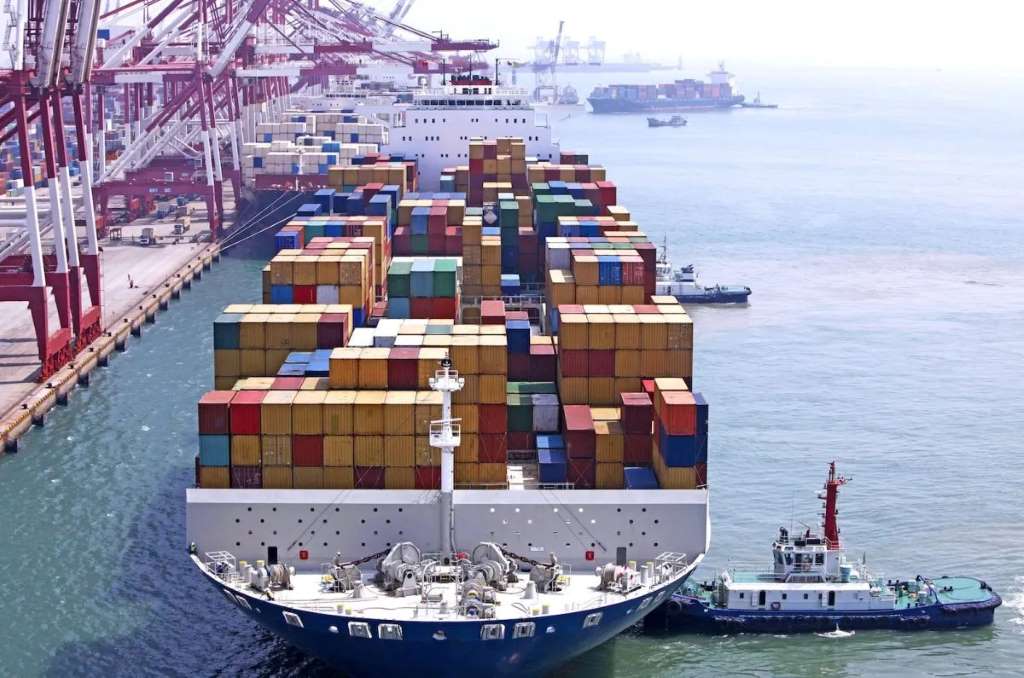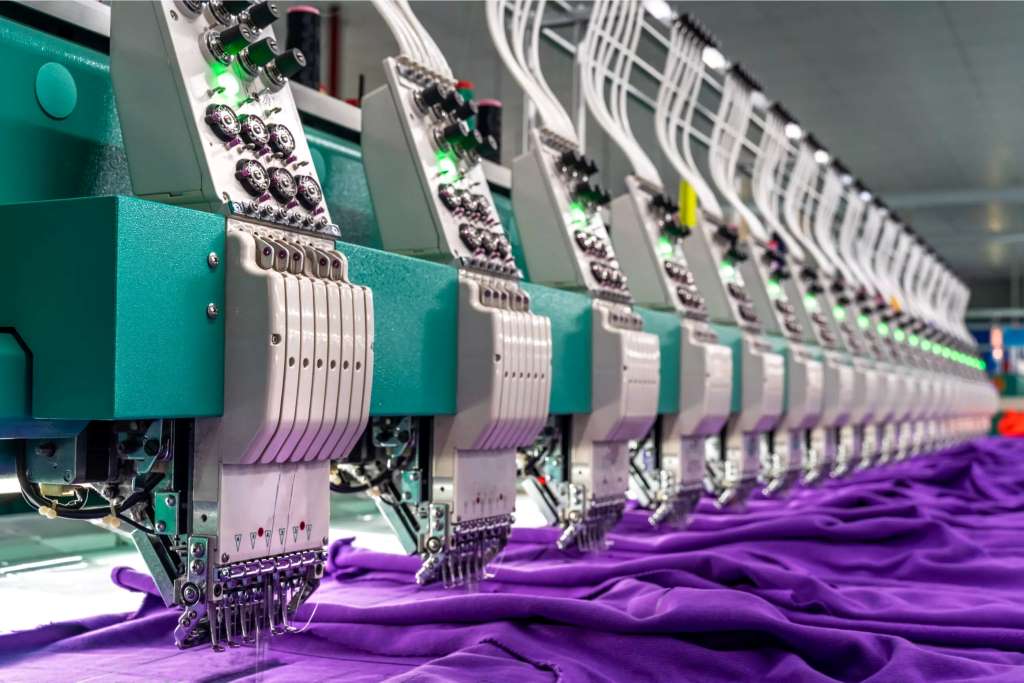"Through clothing donation, people can support many causes that are critical to serving a wide group of individuals in need in the local community. According to a study commissioned by ‘Savers,’ a staggering 85 per cent of clothing and textiles ends up in landfills, even though 95 per cent can be reused or recycled. Americans throw away 8.1 trash bags of clothing on average each year or 26 billion pounds collectively."

Through clothing donation, people can support many causes that are critical to serving a wide group of individuals in need in the local community. According to a study commissioned by ‘Savers,’ a staggering 85 per cent of clothing and textiles ends up in landfills, even though 95 per cent can be reused or recycled. Americans throw away 8.1 trash bags of clothing on average each year or 26 billion pounds collectively. This is surprising considering aluminum beverage can recycling rates in the United States are at 65 per cent. Americans embrace recycling household waste, yet unwanted clothing is commonly discarded.

According to Tony Shumpert, VP, Reuse and Recycling for ‘Savers,’ they go through every single donated item to determine what is of the level of quality for their sales floors. In fact, approximately 60 per cent is priced for resale in their stores or makes its way to another process of reuse.
Savers wanted to know why more clothing and textiles are ending up in landfills. The company commissioned a study to understand why people aren’t doing more to reuse and recycle clothing, and released its ‘State of Reuse Report’ recently. Creating a significant jump in clothing reuse and recycling rates requires overcoming a few major hurdles, Savers found.
Environmental impact
Fashion industry has a major impact on our planet although it isn’t obvious at first glance. It has even been called the second dirtiest industry in the world after oil. This is in large part due to the impact of growing and dying cotton, with its astounding environmental impact. Although a mere 2.4 per cent of cropland is dedicated to cotton production, it accounts for 24 per cent of global pesticide use. It is also a very thirsty crop which often needs to be cultivated on irrigated land.
The industry can take over 700 gallons of water to create just one T-shirt and over 1,800 to manufacture a pair of jeans, Shumpert explained. When you think of that, the more we can donate these products and get them into a reuse stream versus throwing them away, the less burden we put on our environment, he said.
Although many people think twice before throwing a recyclable beverage bottle in the trash, this is not always the case for clothing. When most of us think about polluting industries, we often think of coal power plants or oil refineries, not the T-shirts on our backs. Clearly, reusing clothing to decrease the need for such large quantities of virgin material production is a simple solution.
Social benefits of donating clothes

Explains Shumpert, donating clothing has a major benefit in communities. People donate items to one of Saver’s nonprofit partners. They then convert clothing and household items into revenue by selling those goods to us. Through clothing donation, people can support many causes that are critical to serving a wide group of individuals in need in the local community. It creates this opportunity to have this sustainable, consistent, unrestricted funding for their missions.
Some of the organisations that Savers partners with include: Big Brothers Big Sisters, Easter Seals, the Epilepsy Foundation and the YWCA. To make it simpler to donate clothing and household items, Savers stores are also donation centers. The nonprofit partner associated with the store then directly benefits from these donated items.
If people are aware of the social benefits of donating, this can also help boost rates. According to the State of Reuse Report, once people do make the decision to donate, helping others outweighs convenience, sparing landfills or even tax write-offs. Sixty-four percent of Canadian respondents and 59 per cent of U.S. respondents donate goods to benefit nonprofit organizations.
Make it easier to donate
State of Reuse Report found that, out of people who do not donate clothing, 1 in 3 found it easier to throw items away. Since most people have garbage cans or dumpsters within feet of our homes, it is hard to make things more convenient than land filling.
Savers found that space constraints can both encourage and hinder clothing donations. Running out of closet space was the top reason people were prompted to donate clothing. And the more convenient it is to donate clothing, the less space people will need in their homes to store clothing before donating them, as they can make more frequent trips to donation centers.












